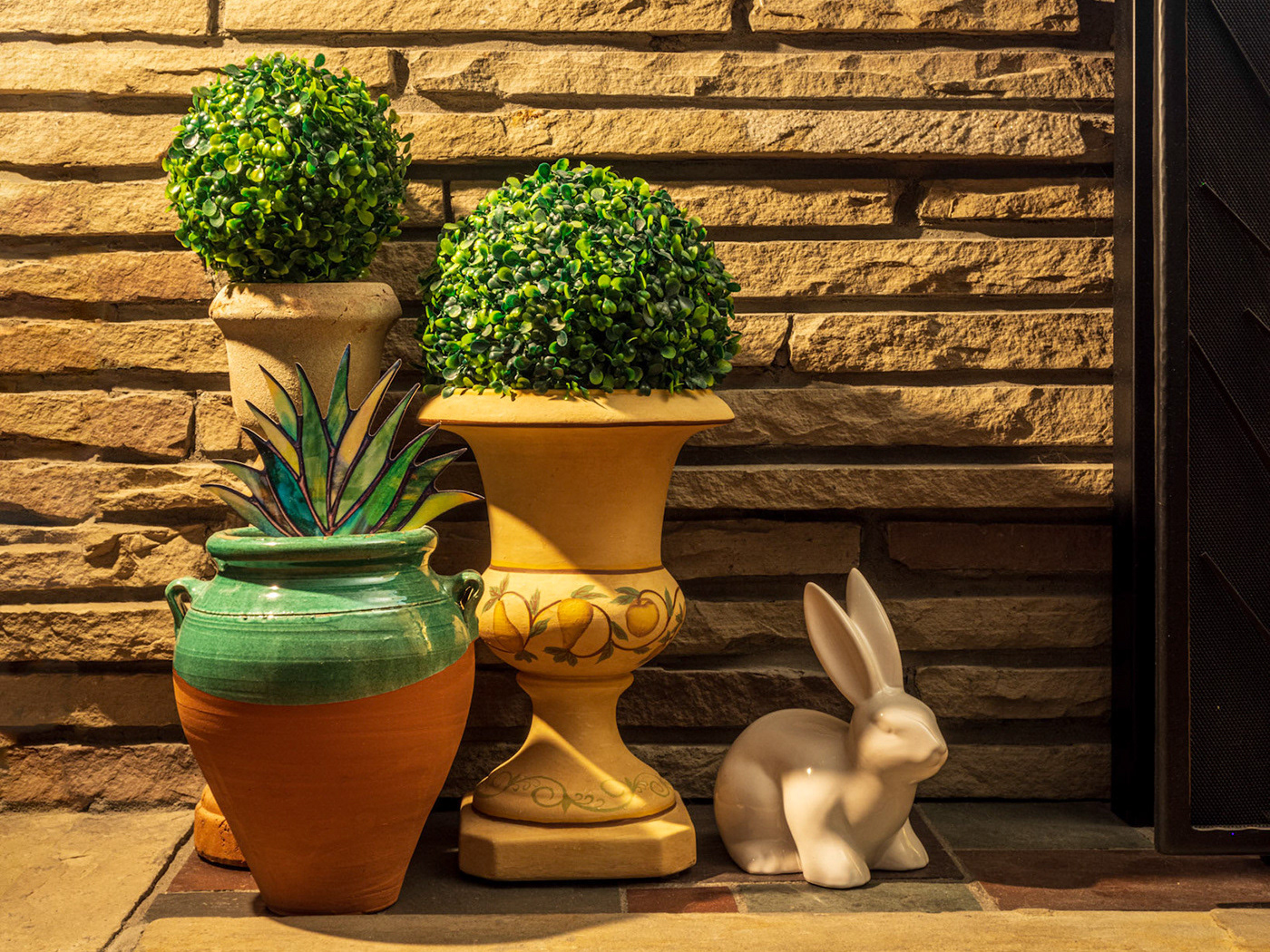Super Zoom vs. Super-Duper Zoom
Zuiko 100-400mm IS compared to Zuiko 150-600mm Sync IS
I remember the trepidation and excitement I experienced when I purchased my first super zoom for my Olympus camera, the Zuiko 100-400mm. I worried that it would be too heavy, or that I might not get as much use out of it as I had envisioned. At the same point, I was optimistic about being able to photograph the local cottage wildlife from a more magnified field of view.
Well - long story, short - yes the lens was heavier than I was used to at the time, but no heavier than my Nikon full frame 18-200mm lens. And yes, I did manage some wonderful shots of wildlife and also landscapes.
Zuiko 100-400mm IS
It can be challenging to whittle down nearly 2000 images to a representative handful, but that's what I tried to do with this collection below. I did not limit myself to photographing wildlife; I found this lens useful other forms of nature photography as well. Click on any image for a larger view.
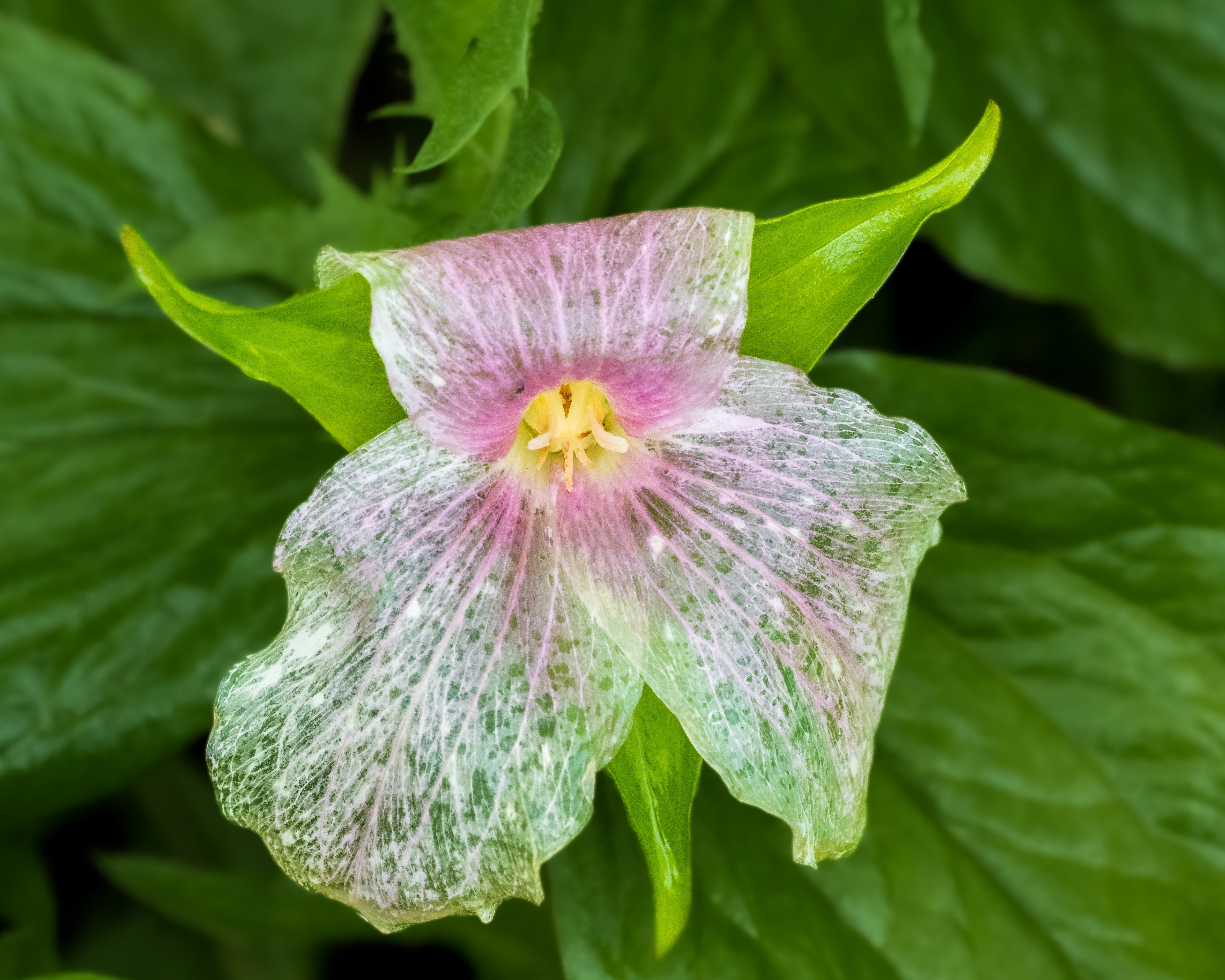













Fast forward to early 2023, when I went through a similar emotional experience, having made the decision to trade in a significant amount of gear (including my 100-400mm) to trade up to the OM Systems OM1 Mark II camera and the Zuiko 150-600mm zoom lens, literally the two most expensive pieces of camera equipment I have ever purchased.
There are several in-depth reviews of this lens online, listing the pros, cons and rumors about its manufacturing provenance. My goal here is to provide a personal perspective on the lens, after shooting with it for about 6 weeks.
Abridged perspective: I really love the lens!
Personal Perspective
My subtitle for this article refers to a comparison between these two lenses, but perhaps that is not accurate; I'm not trying to imply that one lens is better than the other. I think both lenses are quite good, and I would highly recommend the 100-400 to anyone in a heartbeat. Fiscal responsibility notwithstanding, it's likely I would have kept the 100-400 AND bought the 150-600.
But really, how many super zooms does one person need? Hence, the trade-in.
This new lens... is pretty freaking great, but it is costlier, bigger and heavier than my older 100-400mm.
The 150-600mm still boasts weather sealing, slightly better than the 100-400, I believe (IPX1), and has the added benefit of Sync Image Stabilization (Sync IS) where lens and body IS work together, when mounted to a compatible body, like the OM5, OM1 or OM1 Mark II. This means up to 7 stops of image stabilization, compared to about 3 stops of stabilization with the 100-400mm (which did not allow for IS of the camera and lens to work together). In practical terms, I can capture images at slower shutter speeds or lower ISO values. And with a lens this long and heavy, that stabilization really comes in handy!
Zuiko 150 - 600MM Sync IS
Capturing birds in flight is not my strong suit, but it's a skill I plan to work on over the year. That said, I've already made captures that I couldn't have prior to this new equipment, thanks to both the lens and the AI-based subject detection built into the OM1 Mark II.



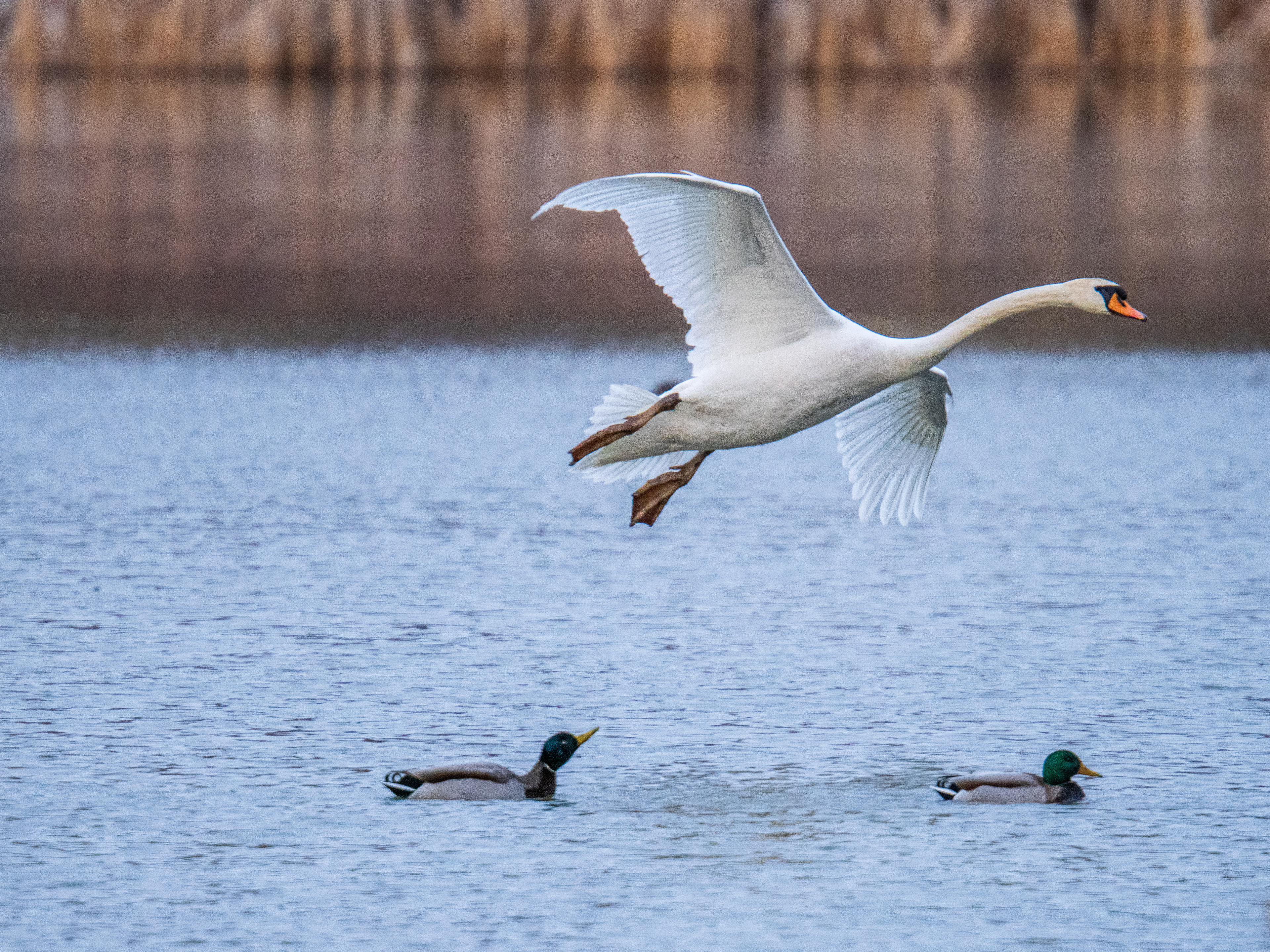












150-600mm with 1.4 Teleconverter (210-840mm)
In addition to the native long reach of the lens, it also works with my 1.4x teleconverter, giving me an astounding reach of 840mm (effectively 1680mm when compared to a full frame sensor camera). What does this mean in real terms? Imagine being able to fill your frame with a northern cardinal from 20+ feet away.
Or get nice and tight on any wildlife without disturbing them. But also have the flexiblity to back off and show their environment.
Yeah, that much reach.
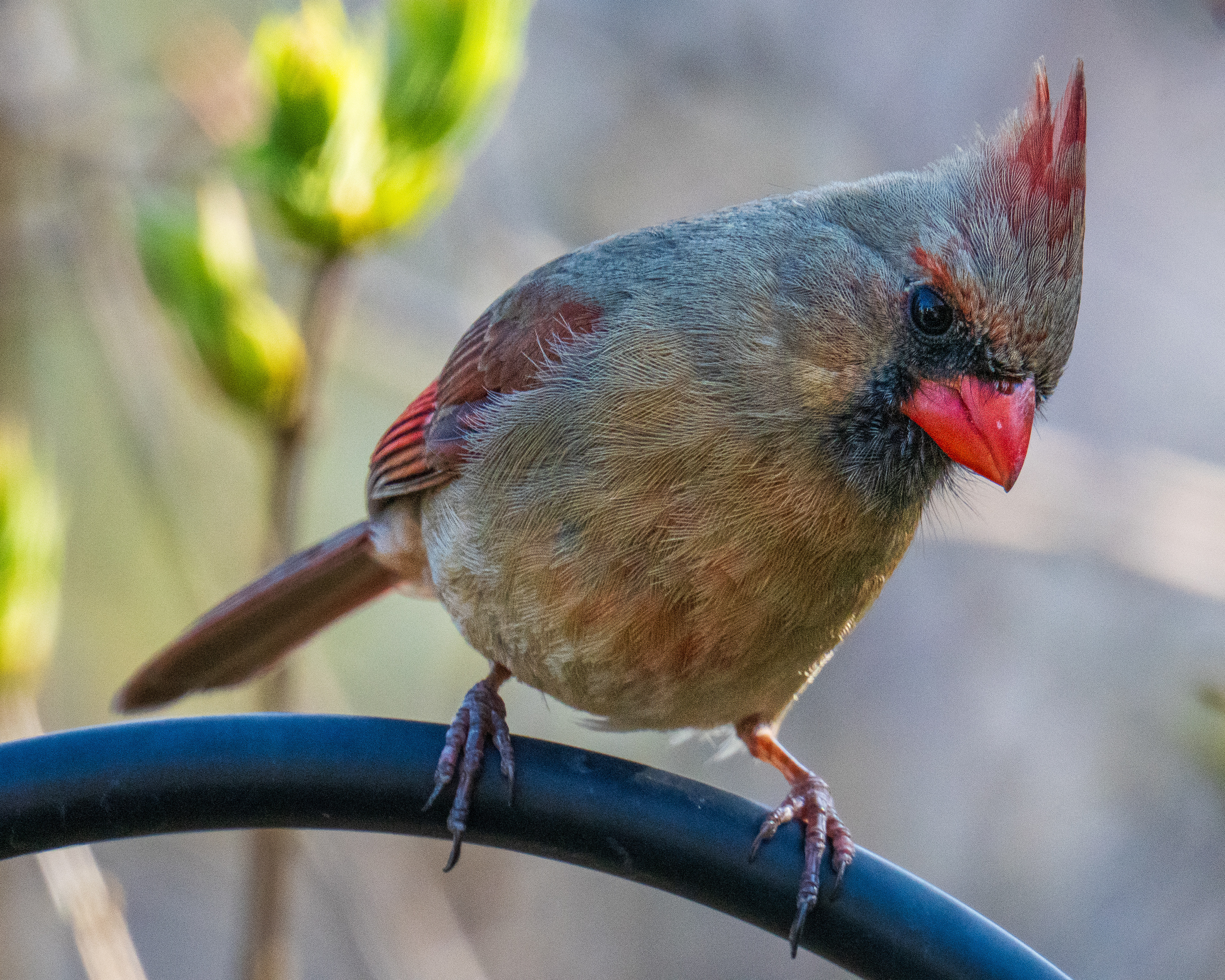







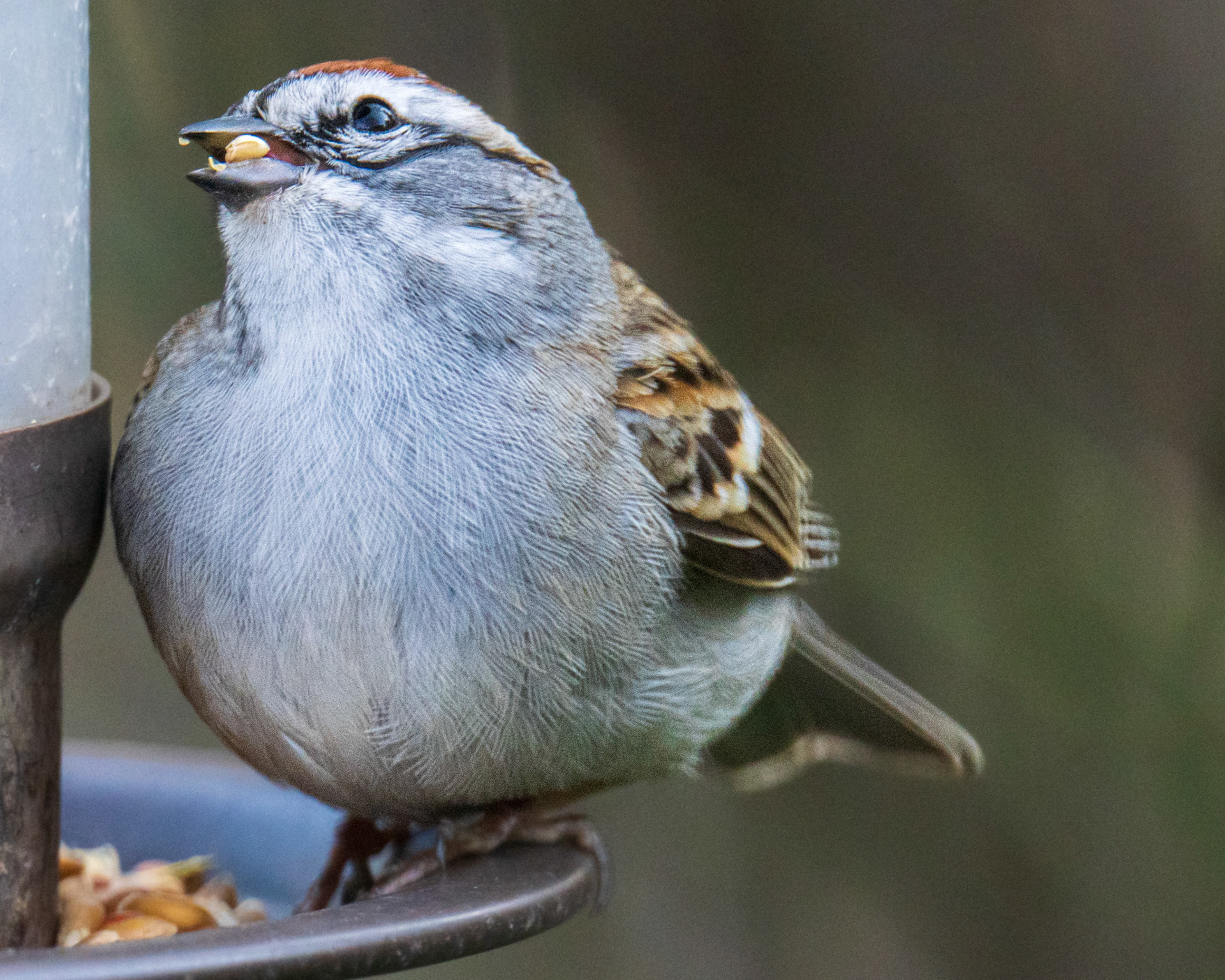
Handheld High Res Images
OM System and many Olympus cameras are also chock full of computational photography features beyond just amazing image stabilization. The OM1 Mark II sensor has a native resolution of 20 megapixels, but thanks to High Res Modes for Handheld and Tripod use, I can create 50 - 80 megapixel images from a single capture. As long as your subject is not moving, this allows for a very high quality image file. Inspired by another photographer, I decided to test those limits with the 150-600, with and without the 1.4 teleconverter attached.
I included the image of the graffiti-covered boulder (captured at 1/30 sec) only so you could look at the texture on the face of the rock. It's not going to win any composition awards. lol






Wrap Up
I hope you've enjoyed viewing these images. I know I've enjoyed capturing and processing the photos. And of course, I truly enjoy sharing the work with you.
Now, stop reading and get out there! :-)
Technical Notes
All images were captured in RAW format and processed in Lightroom. Many shots are at higher ISOs - 1600 up to 3200, but I only performed minor noise reduction, using the traditional NR tools in Lightroom. While not included here, I can state that AI Noise reduction in Lightroom also performed very well with these images. I left out those versions so you could get a truer sense of the original captures.
Technical Reviews



